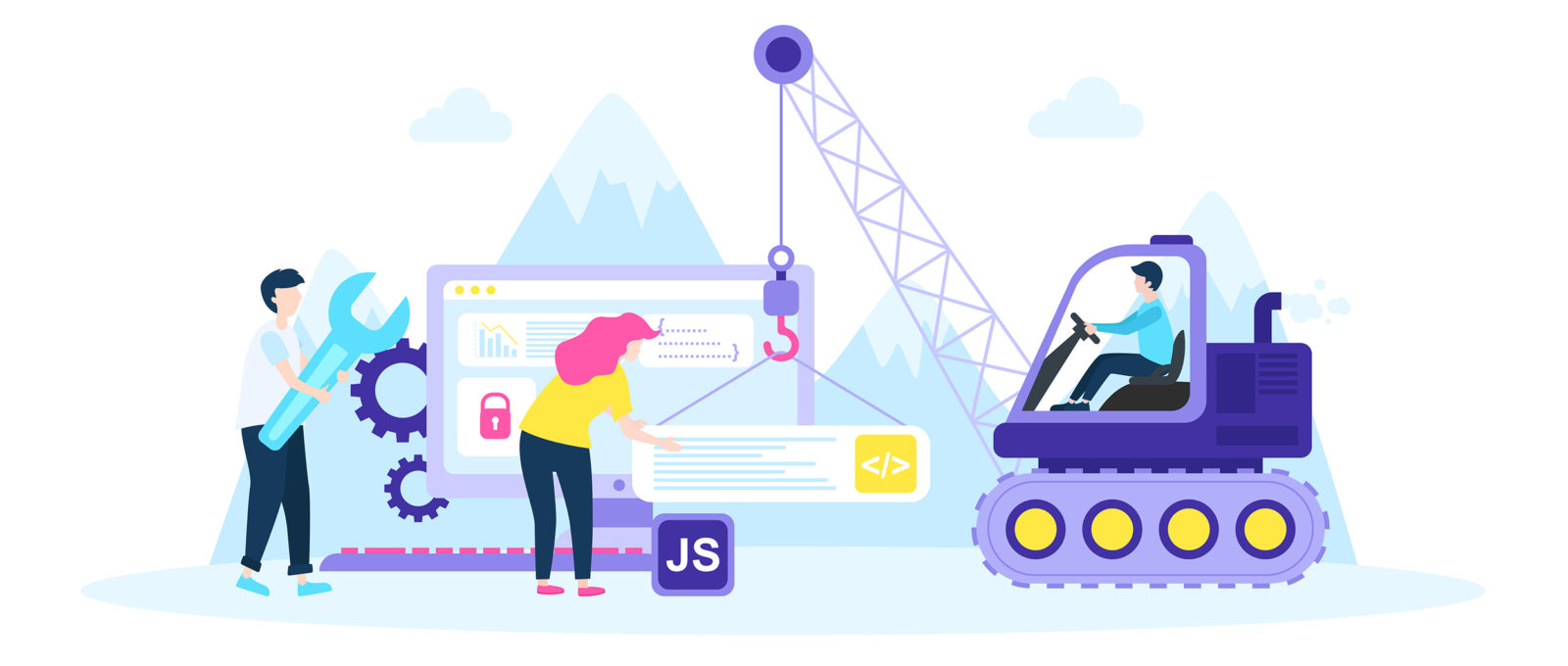Optimizing Website Design: Improving User Involvement For Improved Conversion Fees
Optimizing Website Design: Improving User Involvement For Improved Conversion Fees
Blog Article
Web Content Develop By-Refsgaard Sahin
Have you ever visited a site that took permanently to lots, had a complicated navigation system, or really did not display effectively on your mobile phone? Chances are, you swiftly abandoned that site and carried on to one that gave a better user experience.
In today's competitive online landscape, it's critical for companies to prioritize web design that enhances customer experience in order to drive better conversions. In this discussion, we will certainly check out the relevance of responsive design, the usage of user-friendly navigation, and the optimization of page tons rate to produce a seamless and interesting user journey.
Remain tuned to find how these components can considerably influence your website's success.
Significance of Responsive Design
Receptive layout is crucial in today's digital landscape for creating websites that adapt seamlessly to various display dimensions and tools. When your web site is receptive, it instantly readjusts its layout and content to fit any type of device, whether it's a smart device, tablet computer, or computer. This is crucial because increasingly more individuals are accessing the internet through their mobile devices.
If your site isn't responsive, it can result in a poor customer experience. Customers may have to squeeze and zoom to review material, buttons may be too little to click on, and photos may not be maximized for smaller displays. This can discourage individuals and bring about high bounce rates and low conversions.
Utilizing Instinctive Navigation
When making a receptive internet site, it's important to concentrate on using intuitive navigation for an enhanced individual experience.
Intuitive navigating describes organizing your website's food selection and navigation components in a sensible and user-friendly method. By doing so, you make it simpler for site visitors to discover what they're looking for and navigate via your web site easily.
look here -friendly navigation helps in reducing confusion and frustration, ultimately resulting in better customer interaction and increased conversions.
To attain intuitive navigating, consider using clear and descriptive labels for your menu things, applying a consistent design throughout all pages, and including search performance for fast accessibility to certain content. Additionally, it's essential to prioritize important pages and details, ensuring they're plainly displayed and easily accessible.
Optimizing Web Page Lots Speed
To enhance user experience, it's crucial to enhance the page lots speed of your site. Slow filling times can frustrate customers and cause greater bounce rates.
Luckily, there are several methods you can execute to enhance your internet site's lots speed. First of all, consider lessening the dimension of your photos by compressing them without jeopardizing top quality.
Additionally, optimize your code by minimizing unneeded scripts and CSS data. Another efficient technique is to utilize browser caching, which enables particular aspects of your website to be stored locally, minimizing lots times for returning visitors.
In addition, take into consideration making use of a content shipment network (CDN) to distribute your website's documents throughout numerous servers, improving load rate for individuals in different geographical areas.
Verdict
In conclusion, by employing responsive design, user-friendly navigation, and maximizing web page load rate, website design can substantially boost customer experience and drive better conversions.
With an user-friendly interface, easy navigation, and fast packing times, sites can record and preserve the focus of customers, causing raised involvement and higher conversion rates.
So, don't delay in carrying out these web design approaches to guarantee a seamless and successful user experience!
